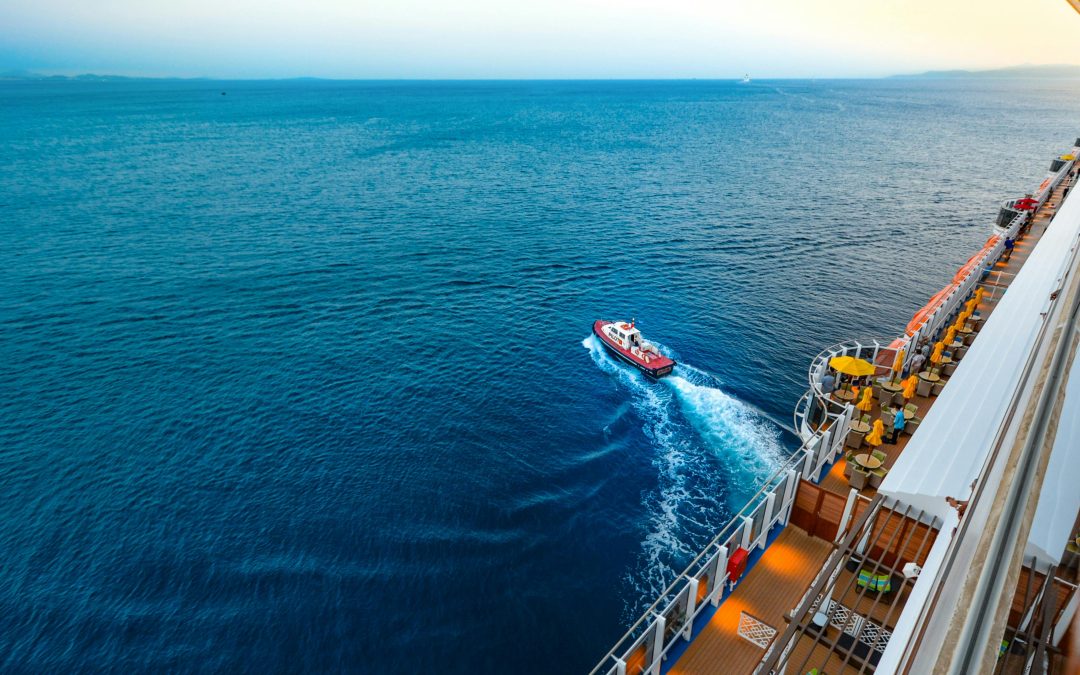Ariana Psomas, PPG global segment director, New Build & Dry Dock, Marine Coatings, explains how adopting low-friction silicone coatings can help the cruise industry to meet sustainability goals.
Underwater fouling control hull coatings were once purely a commercial consideration for ship owners and operators. Now it is also a question of how they can help meet global goals to reduce greenhouse gas (GHG) emissions. A ship slowed by fouling means higher fuel consumption, which translates directly into higher emissions intensity.
IMO’s GHG reduction strategy is constructed in the short term around the CII and EEXI measures, with more measures under development for the medium and long term. It calls for a reduction in GHG emissions by at least 20 percent compared with 2008 levels by 2030, and by 70 percent by 2040, as well as reducing total emissions to net zero by 2050.
For cruise owners and operators, the ability to achieve savings of this magnitude requires radical improvements in design and in operating efficiency, and selecting the right coating solution is of utmost importance. It is this realization that is prompting leading cruise companies to adopt low-friction silicone coatings as the technology of choice as they can directly shift the speed-power curve and at the same time improve operational efficiency.
Increased sustainability pressure is coming from all shipping industry stakeholders. Consumers are increasingly demanding more sustainable practices, putting pressure on cruise lines to adopt new measures. Leading the way on sustainable practices can position cruise organizations as sustainable innovators within their industry.
To help meet these challenges, PPG offers PPG SIGMAGLIDE® 2390 fouling release hull coating, based on a 100 percent pure silicone binder system. This biocide-free product helps to reduce emissions by up to 35 percent compared to traditional antifoulings, supporting compliance with short-term and upcoming IMO GHG measures and providing a significant contribution to industry net zero targets. It provides up to 35 percent GHG savings, delivered through the combination of reduced power (up to 20 percent) and speed loss performance of less than 1 percent.
Further sustainability benefits are provided by the innovative electrostatic coating application technique that PPG introduced to the shipping industry just over a year ago. This method offers significantly higher transfer efficiency compared to airless spraying, as the electrically charged paint particles are precisely guided toward the grounded surface of the vessel. This leads to an exceptionally even distribution and formation of a uniform and ultrasmooth, long-lasting film layer, and also results in a significant reduction of overspray and waste, providing a considerably cleaner operation. PPG Sigmaglide fouling release coating’s unique formulation makes it one of the very few hull coating technologies suitable for electrostatic application.
Silicone-based coatings have long been recognized by cruise owners as the most effective solution for demanding operations. When applied electrostatically, these coatings become even more advantageous for the cruise industry. In particular, it solves the issue of contamination of the accommodation areas during spraying. Electrostatic application significantly reduces coating overspray and therefore minimizes the need for masking on the hull and accommodation areas.
The integration of electrostatic application with silicone-based coatings not only enhances operational efficiency but also aligns with the cruise industry’s commitment to sustainability. This innovative approach ensures cleaner, more efficient coating processes, setting a new standard for environmental stewardship in maritime operations.
Source: PPG






